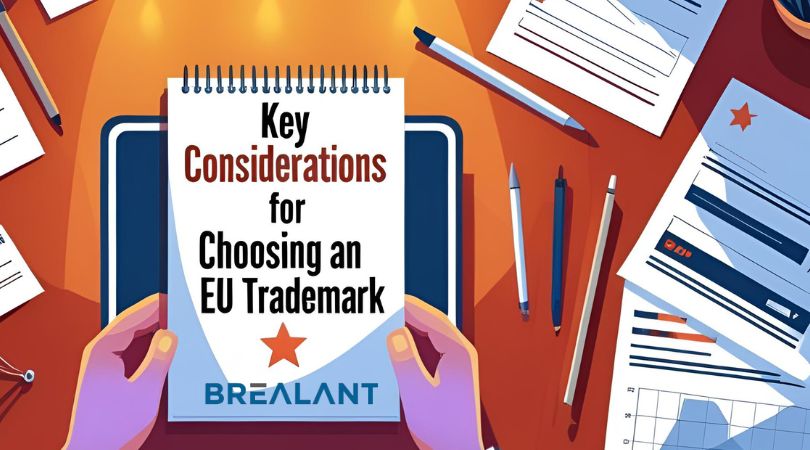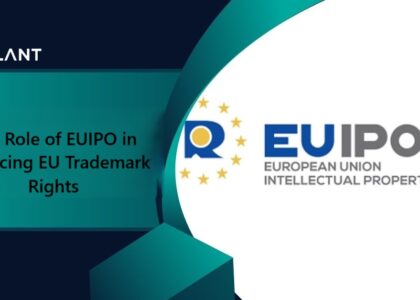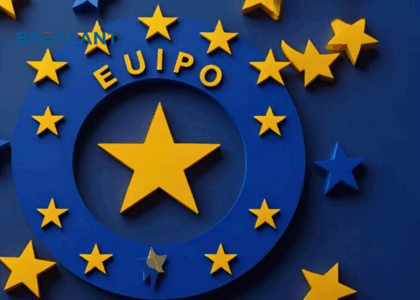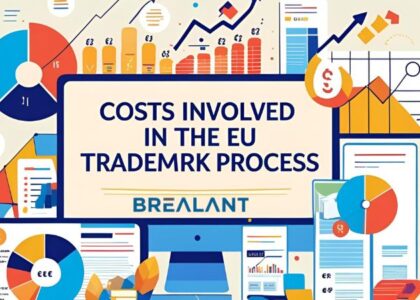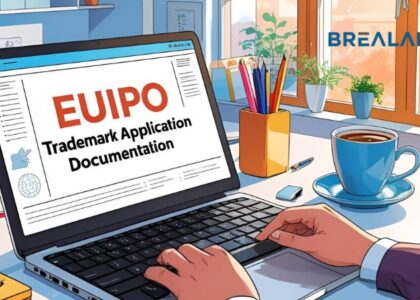Trademarks play a crucial role in protecting a company’s brand identity and the distinctiveness of its products or services. In the European Union (EU), registering a trademark can be a powerful tool for businesses looking to establish their presence and protect their brand. However, not all names, logos, or symbols can be registered as trademarks.
This blog will explore the key considerations for choosing an EU trademark and discuss what can and cannot be registered.
What Can Be Registered as an EU Trademark?
- Distinctiveness: A mark must be distinctive to be eligible for trademark registration in the EU. This means it should be capable of distinguishing the goods or services of one business from those of another. Trademarks that are more descriptive or generic are typically accepted. For instance, words like “shoes” for a shoe store would be considered too generic.
- Uniqueness: A successful EU trademark should be unique, meaning it should not be identical or similar to existing registered trademarks. A trademark search is crucial to identify potential conflicts before applying for registration.
- Non-descriptive: The mark cannot merely describe the goods or services it represents. For example, you cannot trademark the word “tasty” for a restaurant, as it is a descriptive term.
- Non-deceptive: The mark must not mislead consumers about the goods or services’ nature, quality, or geographic origin. It cannot be misleadingly similar to a protected geographical indication or traditional specialty.
- Not against public policy or morality: Trademarks that are contrary to public policy or accepted principles of morality will not be registered. This may include offensive, discriminatory, or obscene terms.
- Not generic or customary in the relevant trade: Generic terms or common names used in an industry or trade are not registrable as trademarks. For example, “computer” for a computer company would be considered generic.
- Not misleading: The trademark must not mislead the public, particularly regarding the nature, quality, or geographic origin of the goods or services. For instance, using the name of a well-known city for a product that has no connection to that city might be misleading.
- Non-functional: A trademark should not be primarily functional. For example, a shape essential to the product’s nature, such as a wheel for a bicycle, would not be registrable.
- Not a national flag or emblem: Trademarks that consist of a national flag or emblem are generally not registrable.
- Avoid the likelihood of confusion: A trademark should be distinct from another trademark that is already registered. Even minor differences can be insufficient to avoid confusion.
What Cannot Be Registered as an EU Trademark?
- Geographical Indications: Trademarks that include or imitate geographical indications for products like wines or cheeses cannot be registered. This is to protect the integrity of products tied to specific regions.
- 3D Trademarks: Three-dimensional trademarks, such as the shape of a product, can be challenging to register unless they have acquired distinctiveness through use.
- Sounds and Smells: Unconventional marks like sounds and smells are registrable in the EU but are subject to specific requirements and challenges.
- Generic or Descriptive Terms: As mentioned earlier, generic or descriptive terms that don’t have distinctive characters cannot be registered.
- Misleading or Deceptive Marks: Marks that may deceive the public or create confusion about the nature, quality, or origin of goods or services cannot be registered.
- Offensive or Immoral Marks: Trademarks that are offensive, discriminatory, or contrary to morality will not be approved.
- National Flags and Emblems: Marks that include national flags or emblems are generally excluded.
- Functional Marks: Trademarks that are primarily functional and necessary for the product’s performance are not registrable.
- Bad Faith Applications: Applying for a trademark with the intent to hinder competitors or benefit from someone else’s reputation is considered bad faith and will be denied.
- Dilution of Protected Trademarks: Using a well-known trademark without permission to dilute or take unfair advantage of its reputation is not allowed.
Understanding the key considerations of what cannot be registered is just as important as knowing what can be. You must meet the EU trademark requirements to ensure your application is accepted and save time and resources. It’s crucial to conduct thorough research and, when in doubt, consult with a legal professional specializing in intellectual property.
Conclusion
Choosing an EU trademark is a critical step in protecting your brand and ensuring its exclusive use within the EU member states. Understanding what can and cannot be registered is essential to navigate the trademark registration process successfully.
By understanding the key considerations for choosing an EU trademark and following the proper application process, businesses can safeguard their intellectual property and services and build a strong brand presence in the European Union. Consulting with legal professionals experienced in trademark law can be invaluable in navigating the complexities of trademark registration. You won’t find a better IP consultant than Brealant. The firm has a team of IP experts who strive to provide the best effective solutions to the clients.


